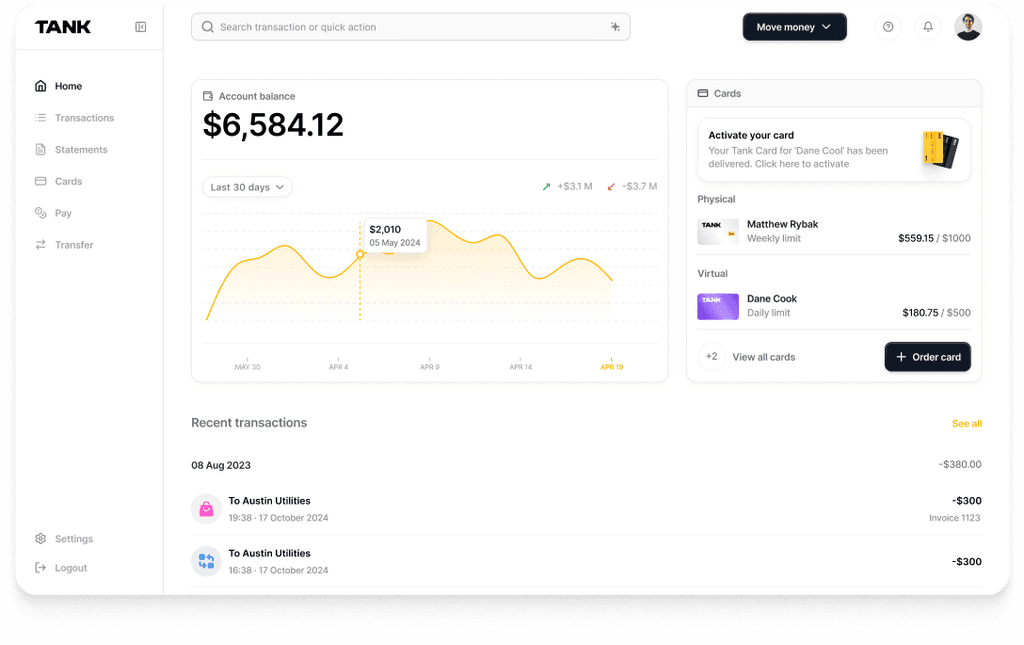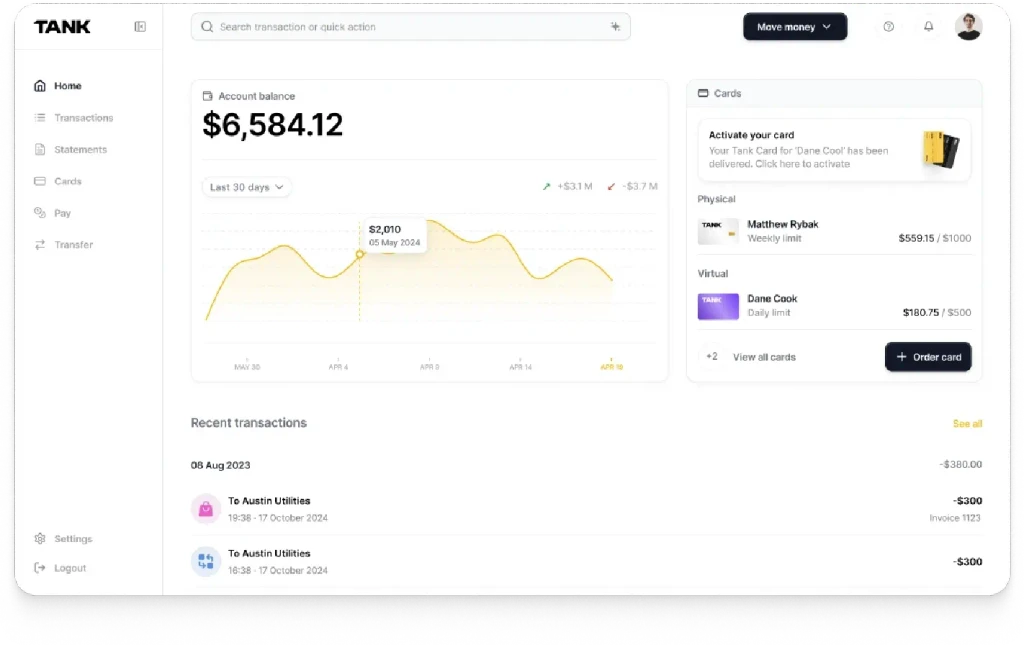The EU AI Act - A Comprehensive Overview and Analysis
Summary
The EU AI Act is a regulatory framework aimed at ensuring AI development aligns with EU values, focusing on transparency, accountability, and human oversight. It classifies AI risks into four levels, mandates data governance, and imposes strict compliance measures. The Act applies globally to AI systems in the EU market, affecting companies, national economies, and AI innovation worldwide.
Key insights:
Risk-Based Regulation: AI systems are categorized into four risk levels—unacceptable, high, limited, and minimal—each with distinct regulatory requirements.
Transparency & Explainability: High-risk AI must ensure human oversight and clear decision-making processes, critical for sectors like healthcare and law enforcement.
Global Compliance: The Act applies to all AI systems in the EU market, requiring non-EU companies to comply, influencing global AI governance.
Strict Penalties & Enforcement: Non-compliance can lead to fines of up to 6% of global turnover, ensuring rigorous adherence to AI safety and ethical standards.
Business Impact: While compliance may challenge smaller firms, it fosters ethical AI development, market trust, and potential global standardization.
Introduction
The European Union is considered to be an important economic and political bloc impacting the global state of affairs in all instrumental sectors. The EU has been contributing significantly to the global standards regime through its standards regime including EU Green Deal, Carbon Border Adjustment Mechanism (CBAM), Digital Product Passport (DPP), Waste Shipment Regulation, Corporate Sustainability Due Diligence Directive, and many others relevant to sustainability, human & labor rights, and quality assurance. Likewise, Artificial intelligence (AI) is transforming industries, economies, and societies at an unprecedented pace. However, the rapid adoption of AI technologies has raised significant ethical, legal, and societal concerns, including issues related to bias, transparency, accountability, and privacy.
In response to these challenges, the European Union has proposed the EU AI Act, a comprehensive regulatory framework designed to ensure that AI systems are developed and used in a manner that is consistent with EU values and fundamental rights.The EU AI Act is part of the broader European strategy on AI, which seeks to position the EU as a global leader in the development of trustworthy AI. The Act is expected to have far-reaching implications for technology companies, national economies, and the global AI landscape. This article provides an in-depth analysis of the EU AI Act, its components, and its potential impacts, as well as practical recommendations for achieving compliance.
Key Components of the EU AI Act
The EU AI Act is structured around several key components that define its scope, requirements, and enforcement mechanisms. These components include:
1. Risk-Based Approach
The EU AI Act adopts a risk-based approach to regulating AI systems, categorizing them into four levels of risk: unacceptable risk, high risk, limited risk, and minimal risk. Each category is subject to different regulatory requirements.
Unacceptable Risk: AI systems that pose a clear threat to safety, livelihoods, and rights are prohibited. Examples include AI systems that manipulate human behavior to circumvent free will (e.g., social scoring by governments) or those that exploit vulnerabilities of specific groups (e.g., children).
High Risk: AI systems that have significant implications for health, safety, and fundamental rights are subject to strict requirements. These include AI systems used in critical infrastructure, education, employment, law enforcement, and migration. High-risk AI systems must undergo conformity assessments, maintain detailed documentation, and ensure human oversight.
Limited Risk: AI systems with limited risk, such as chatbots or emotion recognition systems, are subject to transparency obligations. Users must be informed that they are interacting with an AI system.
Minimal Risk: AI systems with minimal risk, such as AI-enabled video games or spam filters, are largely unregulated under the Act.
2. Transparency and Explainability
The EU AI Act emphasizes the importance of transparency and explainability in AI systems. High-risk AI systems must be designed in a way that allows for human oversight and provides clear explanations of their decision-making processes. This is particularly important in sectors such as healthcare, where AI-driven diagnoses must be interpretable by medical professionals.
3. Data Governance and Quality
The Act requires that high-risk AI systems be trained on high-quality datasets to minimize biases and ensure accuracy. Data governance practices must be established to ensure the integrity, security, and privacy of the data used in AI systems.
4. Human Oversight
Human oversight is a cornerstone of the EU AI Act. High-risk AI systems must be designed to allow for human intervention at any stage of their operation. This ensures that AI systems do not operate autonomously in critical situations where human judgment is essential.
5. Conformity Assessments and CE Marking
High-risk AI systems must undergo conformity assessments to ensure compliance with the Act's requirements. Once compliant, these systems will receive a CE marking, indicating that they meet EU standards and can be freely marketed within the EU.
6. Enforcement and Penalties
The EU AI Act establishes a robust enforcement framework, with national authorities responsible for monitoring compliance. Non-compliance can result in significant fines, ranging from 2% to 6% of a company's global annual turnover, depending on the severity of the violation.
Coverage and Scope
The EU AI Act applies to all AI systems placed on the market or used within the EU, regardless of where the provider is based. This extraterritorial scope ensures that non-EU companies must also comply with the Act if they offer AI systems in the EU market.
The Act covers a wide range of AI applications, including but not limited to:
Healthcare: AI systems used for medical diagnosis, treatment recommendations, and patient monitoring.
Transportation: AI systems used in autonomous vehicles, traffic management, and logistics.
Finance: AI systems used for credit scoring, fraud detection, and algorithmic trading.
Law Enforcement: AI systems used for predictive policing, facial recognition, and criminal risk assessment.
Education: AI systems used for student assessment, personalized learning, and administrative tasks.
1. Recommendations and Timelines
The EU AI Act is expected to be formally adopted in 2023, with a phased implementation timeline:
2023-2024: The Act will enter into force, and the European Commission will develop detailed guidelines and standards for compliance.
2024-2025: High-risk AI systems will need to undergo conformity assessments and receive CE marking.
2025-2026: Full enforcement of the Act will begin, with national authorities conducting regular inspections and audits.
To prepare for compliance, organizations are recommended to:
Conduct Risk Assessments: Identify and categorize AI systems based on their risk levels.
Implement Data Governance Practices: Ensure that datasets used for training AI systems are of high quality and free from biases.
Enhance Transparency and Explainability: Develop mechanisms to provide clear explanations of AI decision-making processes.
Establish Human Oversight Mechanisms: Design AI systems to allow for human intervention and control.
Engage with Regulatory Authorities: Stay informed about evolving guidelines and standards, and engage with national authorities for compliance support.
Impacts on Technology Companies and National Economies
1. Technology Companies
The EU AI Act will have significant implications for technology companies, particularly those developing high-risk AI systems. Compliance with the Act will require substantial investments in data governance, transparency, and human oversight mechanisms. Smaller companies and startups may face challenges in meeting these requirements, potentially leading to market consolidation.
However, the Act also presents opportunities for companies that prioritize ethical AI development. By aligning with the Act's requirements, companies can build trust with consumers and gain a competitive advantage in the EU market.
2. National Economies
National economies that are heavily reliant on AI and technology will need to adapt to the new regulatory environment. The Act may initially slow down the pace of AI innovation in the EU, as companies navigate the compliance process. However, in the long term, the Act is expected to foster a more sustainable and trustworthy AI ecosystem, which could attract investment and drive economic growth. Countries outside the EU that wish to access the EU market will also need to align their AI regulations with the EU AI Act, potentially leading to a global harmonization of AI standards.
Achieving Compliance with the EU AI Act
Achieving compliance with the EU AI Act requires a proactive and strategic approach. Organizations should consider the following steps:
Conduct a Gap Analysis: Assess current AI systems and practices against the Act's requirements to identify gaps and areas for improvement.
Develop a Compliance Roadmap: Create a detailed plan outlining the steps needed to achieve compliance, including timelines and resource allocation.
Invest in Training and Education: Ensure that employees are aware of the Act's requirements and are equipped with the knowledge and skills needed to implement compliant AI systems.
Engage with Stakeholders: Collaborate with industry peers, regulatory authorities, and other stakeholders to share best practices and stay informed about evolving standards.
Monitor and Audit: Regularly monitor AI systems for compliance and conduct internal audits to identify and address any issues.
Conclusion
The EU AI Act represents a significant step forward in the regulation of artificial intelligence, setting a global benchmark for the development and use of AI systems. By adopting a risk-based approach and emphasizing transparency, accountability, and human oversight, the Act aims to ensure that AI technologies are used in a manner that is consistent with EU values and fundamental rights. While the Act presents challenges for technology companies and national economies, it also offers opportunities for those that prioritize ethical AI development. By taking a proactive approach to compliance, organizations can not only meet the Act's requirements but also build trust with consumers and gain a competitive advantage in the evolving AI landscape.As the EU AI Act moves towards implementation, it will be crucial for all stakeholders to stay informed, engage with regulatory authorities, and collaborate to create a sustainable and trustworthy AI ecosystem. The success of the Act will depend on the collective efforts of governments, industry, and civil society to ensure that AI technologies are developed and used in a manner that benefits all.
References
European Commission. Proposal for a Regulation on Artificial Intelligence (AI Act). European Union, 2023.
World Economic Forum. The Future of Jobs Report. World Economic Forum, 2023.
Accenture. AI: The Key to Unlocking Productivity. Accenture, 2023.
PwC. The Economic Impact of Artificial Intelligence. PwC, 2023.
McKinsey & Company. AI and the Global Economy. McKinsey & Company, 2023.
Global Partnership on AI (GPAI). Promoting Equitable AI Development. GPAI, 2023.














































